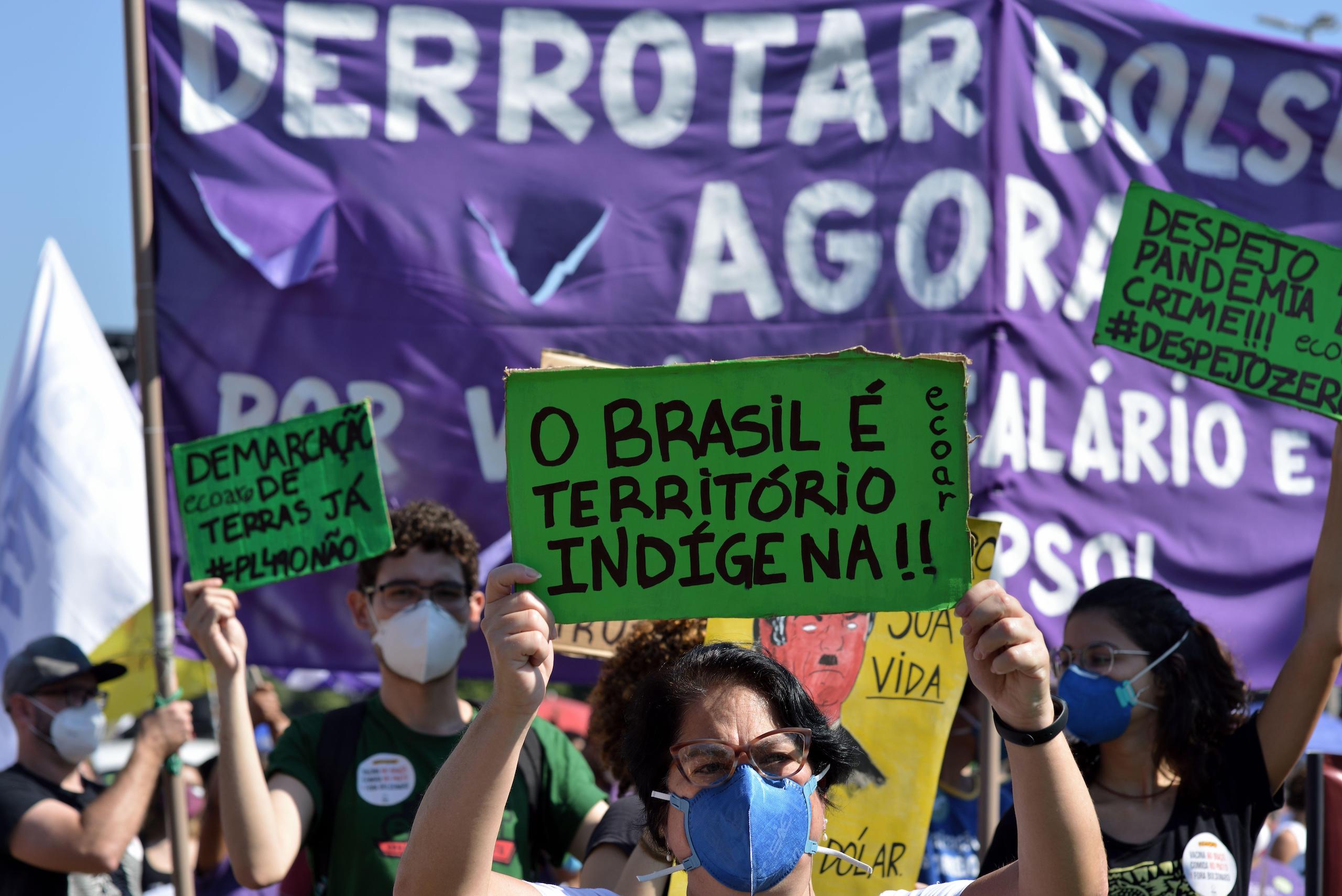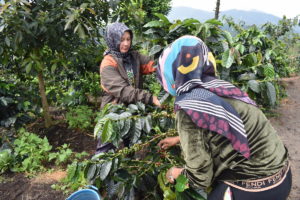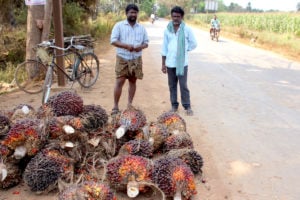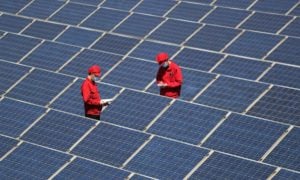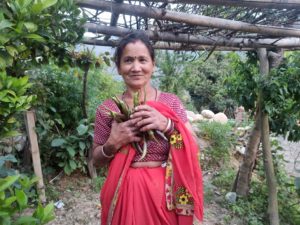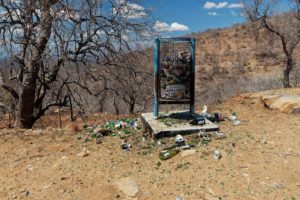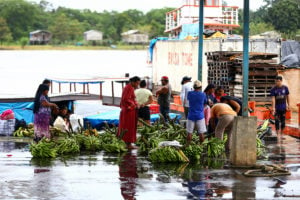Latin America is lagging in the collective titling and legal recognition of land rights for Indigenous peoples, Afro-descendants and local communities, according to a new report by the Rights and Resources Initiative (RRI), a coalition of over 150 grassroots organisations.
Globally, communities gained legal recognition for 102.8 million hectares between 2015 and 2020.
By 2020, the total area in Latin America with community legal recognition had reached 21 million hectares. This is less than 1% of the total land in the 16 Latin American countries included in the report – slow progress given the region’s positive recent track record in land rights. Even in recognised areas, communities face tenure insecurity due to invasion of their land.
In the 16 Latin American countries analysed, around 79% of land is owned by the state or privately owned, the report found. Meanwhile, 17.6% is owned by Afro-descendant or Indigenous communities and 3.2% has been designated for collective use by these populations.
The collective-use areas increased by 4 million hectares, going from 3% in 2015 to 3.2% in 2020. Meanwhile, the land actually owned by these communities grew by 17 million hectares, from 16.7% to 17.6%.
“Latin America has been a leader in the legal recognition of land and forest rights to communities. But since 2015 the region has undergone a period of stagnation,” Chloe Ginsburg, senior tenure analyst at RRI, told Diálogo Chino. “This is because of government administrations resisting the protection of communities’ rights.”
All six Mesoamerican countries in the report, as well as nine of the 10 South American countries, have at least one legal framework in place for recognising collective land tenure rights. However, governments are not implementing these frameworks properly, the report warns, amid threats to community leaders from extractive industries.
The region of Mesoamerica comprises lands today known as Nicaragua, Honduras, El Salvador, Guatemala, Belize, and parts of Costa Rica and Mexico. The region was for thousands of years home to peoples such as the Olmec, Zapotec, Maya, Toltec and Aztec.
In Costa Rica, Levi Sucre Romero, an Indigenous leader who runs the RIBCA network, which brings together and represents eight communities, told Diálogo Chino that the government is failing at implementing the Indigenous Law that was sanctioned over 40 years ago. “We have a serious problem of conflict and violence due to the inaction from the government,” he added.
The challenges for Latin America
Even in already legally recognised areas, many communities experienced land tenure insecurity during the studied half decade due to illegal but unchecked invasions of their collective territories, sometimes encouraged by antagonistic governments. The threat was most pronounced in Brazil, where former president Jair Bolsonaro (2019–2022) cut protections for Indigenous communities.
Communities also had to fight legal battles to protect their lands. In Peru, Indigenous communities in the Amazon and the Andes filed lawsuits to oppose oil and mining projects granted without proper consultation. In Guatemala, communities that were granted land concessions in the 1990s had to engage in sustained advocacy to have them renewed.
What we need is for governments not to prioritise economic interests over our livesLevi Sucre Romero, Indigenous leader from Costa Rica
The defence of community lands also cost the lives of land defenders – more in Latin America than in all other regions combined. Between 2012 and 2021, 1,733 land and environmental defenders were killed worldwide, and 1,155 (66%) of these were in Latin America, according to the latest Global Witness report.
“There’s a global recognition that we need to expand communities’ tenure rights in order to achieve the sustainable development goals, the Paris Agreement and the new biodiversity framework. And while there’s been global progress, the scale and pace of land recognition is insufficient to achieve these global objectives,” Ginsburg said.
Nevertheless, several success stories stand out across the region. In Panama, a supreme court case recognised the rights of the Indigenous Naso Tjër Di people to over 160,000 hectares of land, and in Guyana the government recognised the Kanashen Amerindian Protected Area, the first of its kind in the country, covering 3% of Guyana’s land area.
In several Latin American countries, communities have also won important victories in court, but these have not yet translated to change on the ground. For example, the Inter-American Court of Human Rights ruled in favour of land rights of communities in Argentina, Suriname and Honduras, but none of these decisions have yet been implemented by governments.
“Governments think fossil fuels and hydro will take people out of poverty and they target land suitable for those projects, which is usually our land,” Sucre said. “We have sufficient laws in Latin America to expand communities’ tenure rights. What we need is for them to be applied and for governments not to prioritise economic interests over our lives.”
